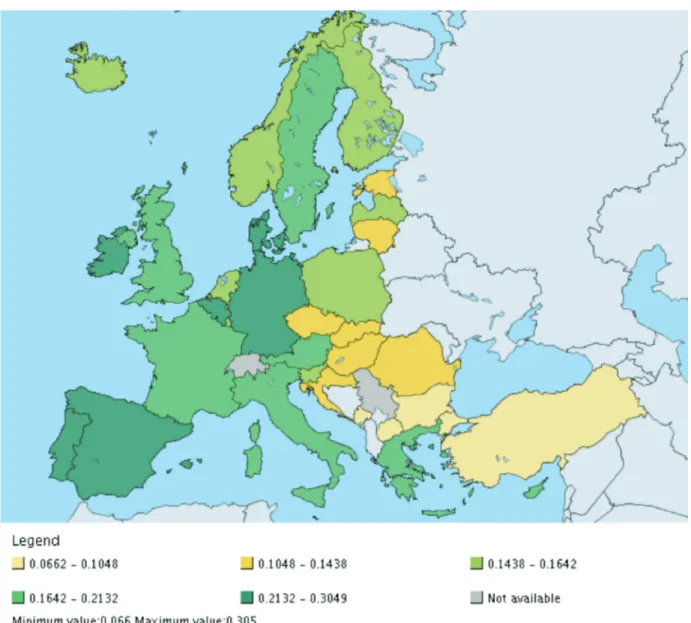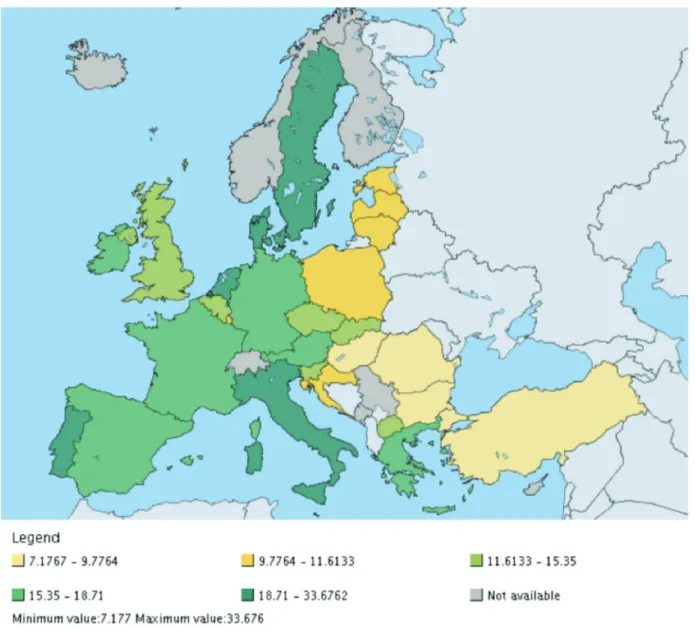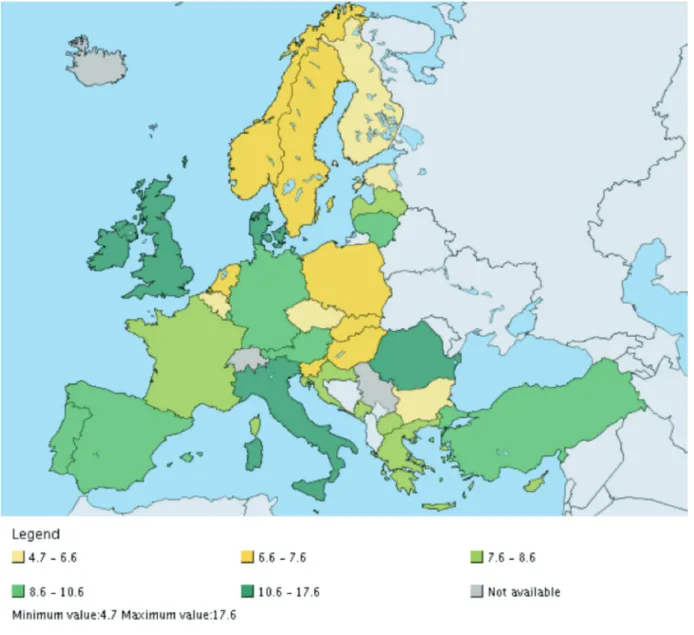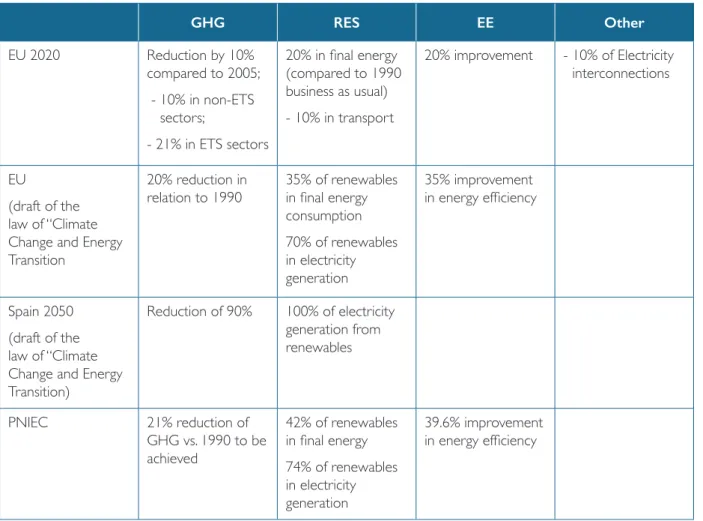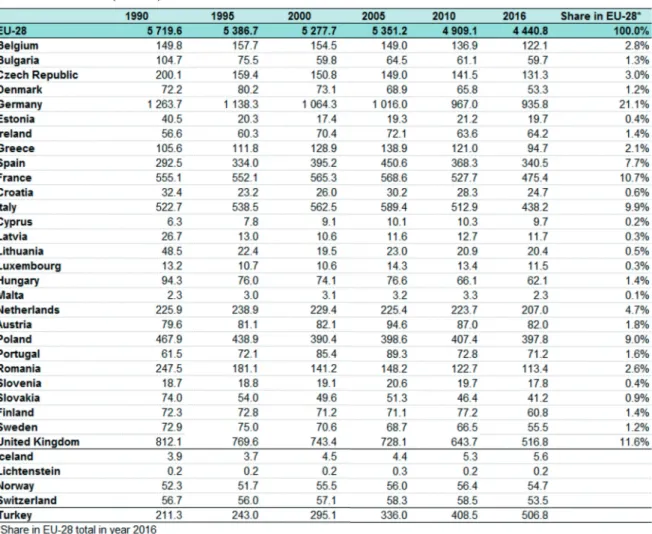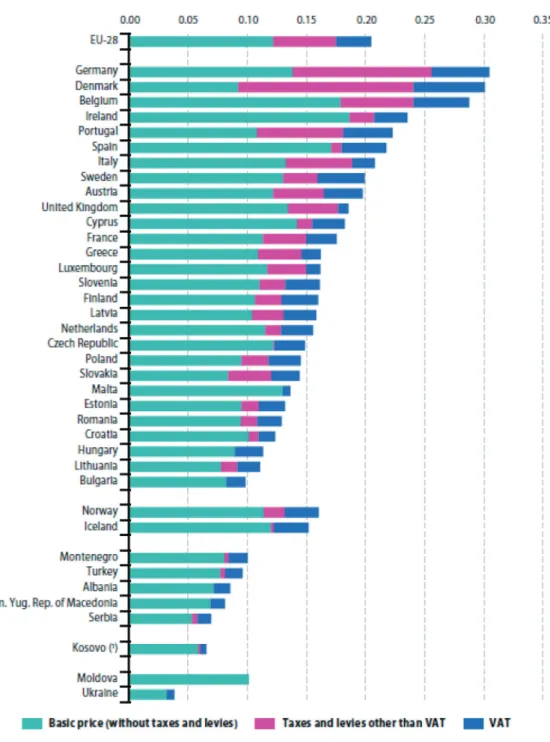Energy transitions in Europe
Volltext
Abbildung
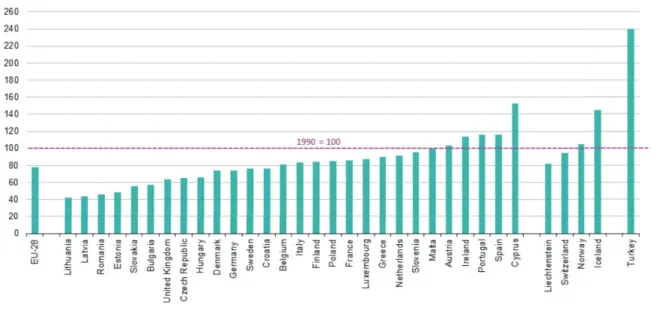
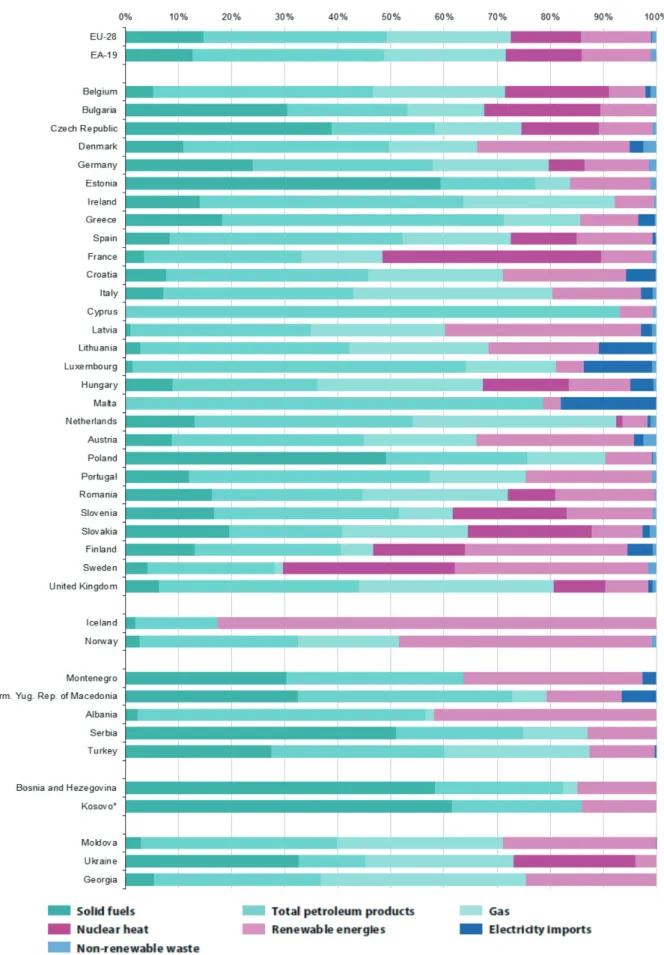
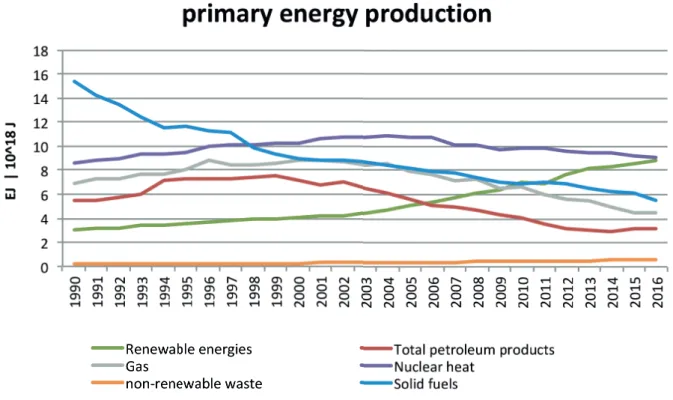
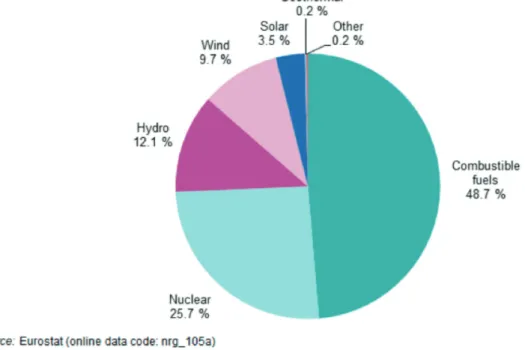
ÄHNLICHE DOKUMENTE
And what stance should the European Union take towards Putin in a context where Mos- cow is a strategic partner for resolving international crises in other arenas, energy
• The German term Energiewende (energy transition) refers to a fundamental transition to a decarbonized energy system mainly based on variable renewable energy
4A, B Concentrations of ATP, ADP, AMP and & Ade, the ratio of the levels of phospho- L -arginine over the sum of the concentra- tions of PLA and L -arginine (A) and the levels
Before issuing a decision concerning the approval or refusal of a tariff the URE President is obliged to exhaustively collect and examine all material evidence (compare Article 77 §
The optimization of transport infrastructure as such is not a clearly defined process. Besides the optimization criteria - this report demonstrates both economic and energy-
Based on an analysis of a nationally representative cross-sectional rural household survey and historical aggregate statistics, we show that residential energy consumption in
MATERIALS DEMAND ENERGY RESOURCES PRODUCTION LARGE SCALE MINING WATER RESOURCES \I ENERGY CONTENTI FIGURE 5... ENERGY RESERVES PER CAPITA (in tce,or toe, or kwh ,etc; or in
Evidence of links between trust levels & level of engagement with energy It also seems that at least some groups of consumers who are more likely to trust their energy
